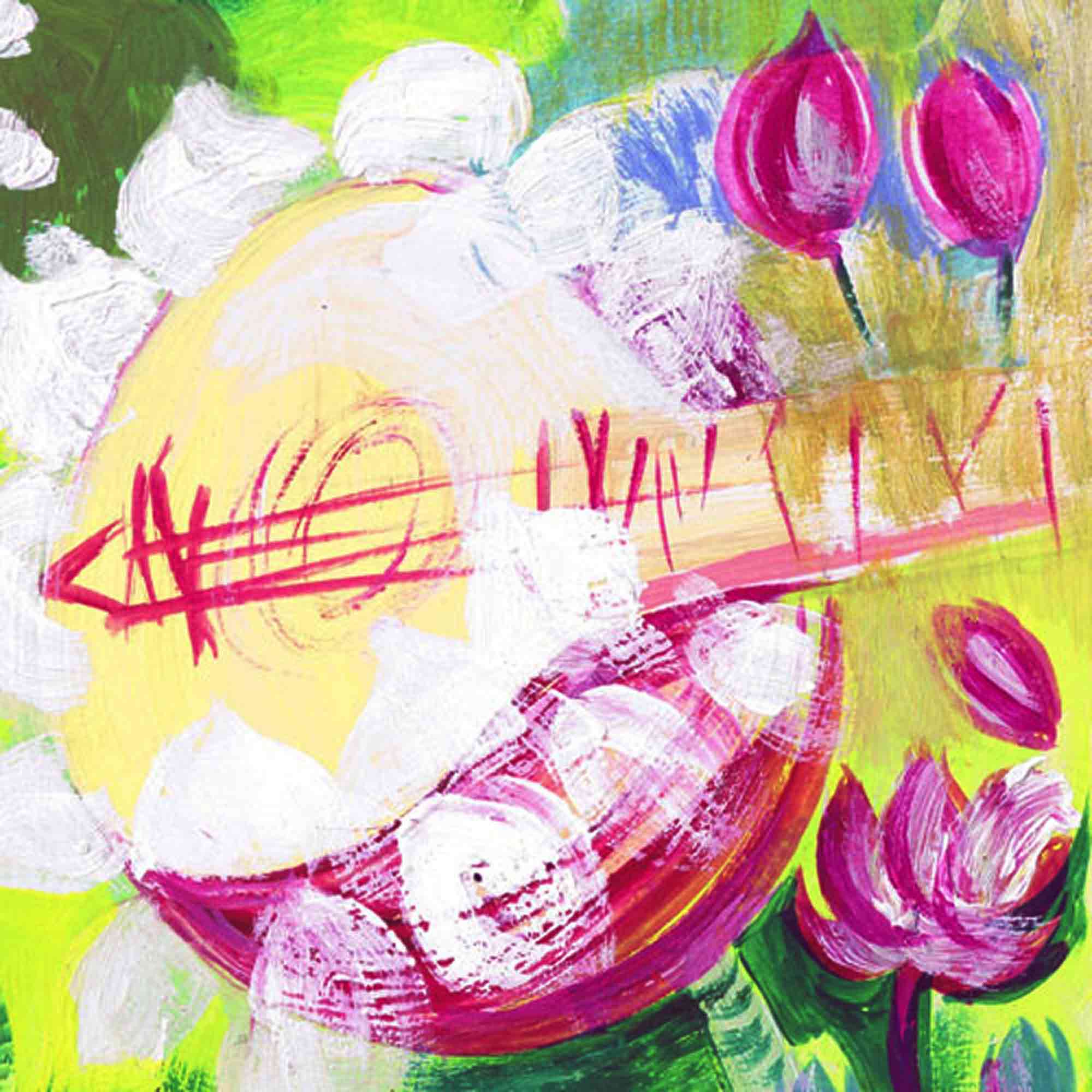I see one India in the pattern. You see another. Light and shadow play. History and modernity collide. Superstition and myth, Rabindrasangeet and rap, Sufi and Shia and Sunni, caste and computers, text and sub-plot, laughter and tears, governments and oppositions, reservations and quotas, struggles and captivity, success and achievement, hamburgers and Hari Om Hari, Sanskrit and sms, the smell of rain and the sound of the sea. A seamless stitching. Many, many hands have stitched, are stitching and will continue to stitch India. […]
I cling to the belief that for any culture as old and ancient as ours to have survived over time and in time, there could only be one basic common and acceptable core thought: humaneness. To accept each other’s right to be human with dignity. This then is my fight. My dream. In my life and in my literature. – Mahasweta Devi during her inaugural speech for the Frankfurt Book Fair titled “The Republic of Dreams”
Source: Tehelka, 21 October 2006 | Learn more: https://indiantribalheritage.org/?p=7298
What Are Human Rights?
“Human rights are rights inherent to all human beings, regardless of race, sex, nationality, ethnicity, language, religion, or any other status. Human rights include the right to life and liberty, freedom from slavery and torture, freedom of opinion and expression, the right to work and education, and many more. Everyone is entitled to these rights, without discrimination.”
Learn more : Human rights | United Nations >>




